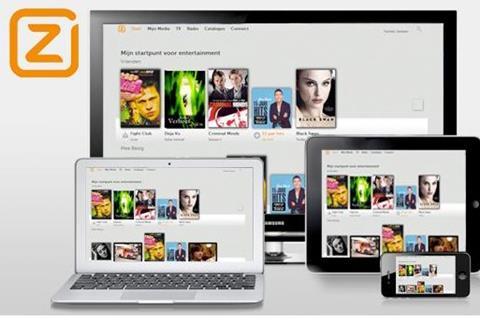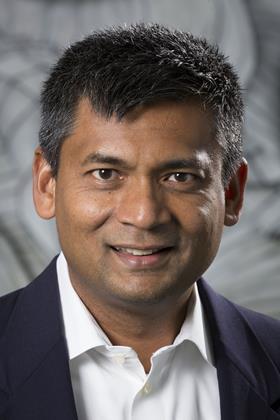Broadcasters and media firms must embrace new technology and operate at scale to contend with changing consumer behavior.
The role of the Chief Technology Officer (CTO) at media and telecoms companies has certainly evolved in recent years.

The convergence of fixed and mobile networks and services, the rapid take-up of video services and the emergence of “quad-play” strategies all present significant challenges for the underlying infrastructure, and have also brought about fundamental changes in how users consume communications and media services at home as well as out and about.
While media and telecoms CTOs agree it is crucial to ensure that networks will support consumer demands in future, there are still many areas of contention, such as how to develop software and whether to form partnerships with online companies such as Amazon.
You could say that Liberty Global CTO Balan Nair, who worked in the US telecoms sector and also held the position of CTO at AOL before joining Liberty Global in 2007, has built up the ideal credentials to face the convergence challenge head on, although he attributes this happy state of affairs to life’s “serendipity”.
IBC2017 Balan Nair will be speaking in the IBC Keynote Panel: CTO Roadmap session on 15 September
Certainly, Liberty Global has already jumped firmly into the convergence arena and “feels very strongly about quad-play,” says Nair.
Mobile virtual network offerings now accompany packages of cable-based broadband, television and fixed voice services in a number of European markets including the UK and the Netherlands, where it has formed the VodafoneZiggo joint venture.
”Cost structures are changing dramatically with numerous virtual operators coming into the industry.”
“Liberty Global is at the forefront of a lot of different changes in our industry; the rapid increase in consumption, the changing behaviour of consumers in how they view video, the emergence of wireless as a viable broadband offering,” Nair says.
“And if you look at the overall media landscape you see huge amounts of consolidation that creates huge companies with lots of scale, and so operationally the way we run things is a lot different today than the way we ever have.”
Looking ahead, Nair says he believes one of the biggest challenges is how to transform telecoms and media companies in order to prepare them for the battles over the next five to ten years.
“The world is moving increasingly from hardware to software,” he says.
“Cost structures are changing dramatically with numerous virtual operators coming into the industry… and where you invest, whether it’s in content, in infrastructure, in marketing, in the cloud, in technology – all that mix is now changing … You have the confluence of a lot of activities that require each company to undergo not just one but many transformations to be prepared.”
The shift in consumer behaviour within the home is certainly one of the most clearly defined social changes that has been brought about by technology developments such as multi-screen and second-screen viewing.
Liberty Global has embraced the term ‘fluid living’ to describe how people are now consuming video content, with fights over the TV remote control now a thing of the past. Technology is enabling people to watch exactly what they want to watch and when. “It’s a liberating experience,” says Nair.
Profile

Balan Nair
Executive Vice President & Chief Technology Officer Liberty Global
Region: United States
Balan Nair is Executive Vice President and Chief Technology and Innovation Officer for Liberty Global.
In this capacity, he is responsible for overseeing Liberty Global’s worldwide network, technology and innovation operations, including product development, IT, network operations, mobile operations and global supply chain functions.
He also leads the Technology Investment Venture group and the Corporate Strategy Group.



























No comments yet